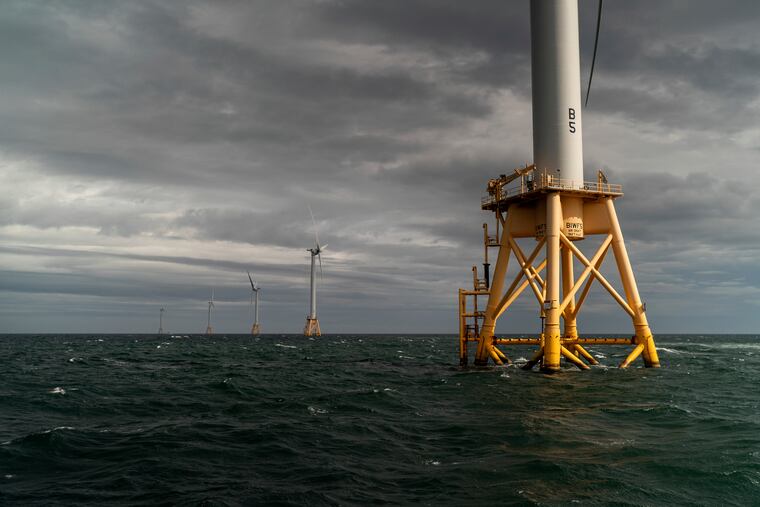Ocean City fights offshore wind cable planned to run under beach, through town
The plan to run an electric power transmission cable from 98 offshore wind turbines to land in Ocean City has drawn local opposition, but also supporters.

The plan to run an electric power transmission cable from 98 offshore wind turbines to land in Ocean City has drawn local opposition, but also supporters.
